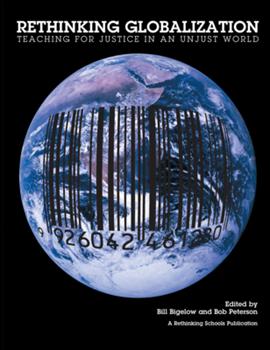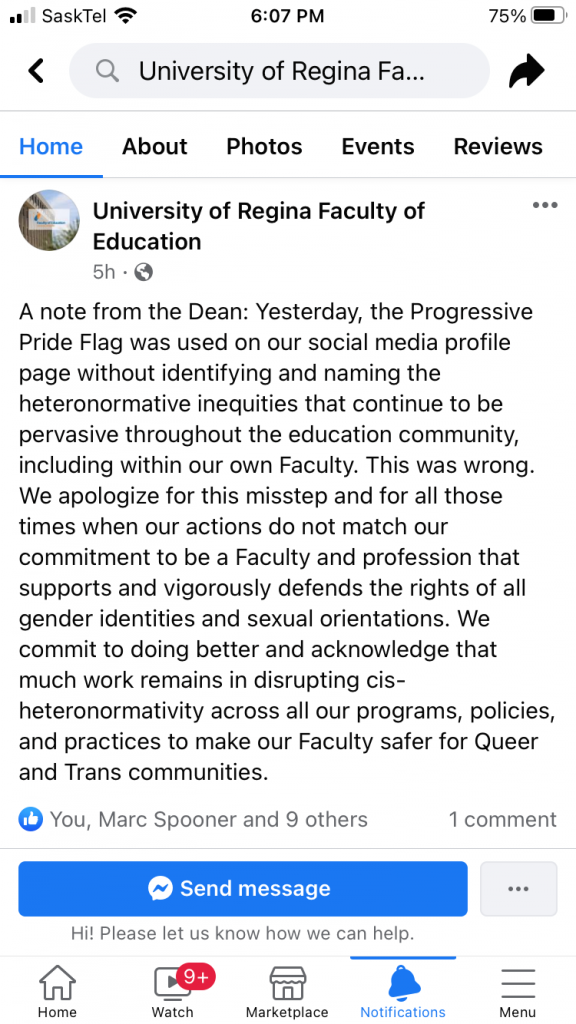
Debate #4 Reflection. I have to agree with this incredible quote (above) by Bill Bigelow and Bob Peterson, editors of the text, Rethinking Globalization: Teaching for Justice in an Unjust World. In their introduction, they emphasize the point that neutrality in education is “neither possible nor desirable” and that educators should equip students to develop their own critical analysis of important issues (2002, p. 5).
These opinions are not new. In the Metcalf article (1952!), he references an oldie, but a goodie – John Dewey – and Dewey’s ideas on reflective thought. Reflective thought = critical thinking! Dewey truly was on to something! This “intelligent valuing of reflective thought” is what teacher’s need to prioritize.
This is what I thought the Agree Team was arguing for in Debate #4. And I have to agree with them. Jessica concluded the Agree team’s argument with what I thought was an amazing statement: “We CAN model professionalism while still advocating for social justice”.
Again this statement is supported by Torrey Trust, who states in their 2015 blog post, “Educators should act as role models, guides and leaders. If we don’t teach our students about the benefits and consequences of using social media, who will?”. Acknowledging that our classrooms are part of the real world and that outside events greatly affect the school community is important. And I believe teacher’s do have a responsibility to use technology and social media to access, connect to, and dissect information that is out in the “real world”.

I must confess that the Disagree Team did raise some interesting points, especially about the idea of “slacktivism” and “woke washing”. An example of this actually happened on May 31, 2022 with the Faculty of Education! They had posted a new profile picture of the progressive Pride flag as a background to their logo. It was quickly removed and a message was posted on the Faculty’s Facebook page on June 1 (see left). In conclusion: one should follow all the fabulous tips for using social media to show genuine support for a cause that were shared by Dalton and Brooke!
What I took issue with in the debate is the focus on social media. The debate topic clearly states “to use technology and social media”. I thought I would share an example of how I have used technology to promote social justice:
Last June (2021), I asked my administration permission to celebrate Pride at my high school. I teach at a Catholic high school, therefore permission was needed (don’t get me started…). I was told I could celebrate Pride – but not say the word “pride”! The reasoning behind this is the blasphemous meaning of the word??? I still do not understand it… BUT in response I used a lot of technology:
- I used my laptop to write a letter that I would email to board members, the division director and the province’s Catholic bishop
- In the letter I referenced (linked) an article from the CBC about an Ontario Catholic school division that was celebrating Pride
- I emailed/texted my like-minded colleagues to see if they would also sign the letter (they all did)
- The group of like-minded colleagues and I then formed a WhatsApp group to discuss progress with this issue
- After getting in a bit of trouble, a Microsoft Teams meeting was held with the group of staff, superintendents, the director, the bishop and some other church people to talk about what Saskatchewan Catholic school divisions could do to better recognize and support 2SLGBTQIA+ students and staff and educate staff and students on 2SLGBTQIA+ topics…
*Unfortunately, little progress has been made on this topic. The Division has now had a year to make decisions and official policy regarding celebrating Pride, and that has not happened and attitudes and opinions have changed very little regarding this topic. It is ridiculously frustrating, but on the bright side, my school now has a successful GSDA up and running and we refuse to go away (and we communicate via MS Teams)!
In conclusion, I must agree with Alyssa Dunn and her statement:
“By remaining neutral – teachers are enacting the opposite of neutrality by “choosing to maintain the status quo and further marginalizing certain groups”
Education is inherently political and is ground zero for the systemic marginalization and oppression of many groups of people. Teachers are responsible for using any method (including technology and social media) to promote social justice.

I like how you discussed the ways in which you have used technology to promote social justice. I think teachers have an obligation to teach social justice issues, and to talk about them (it’s also a big part of our curriculums). However, the part that I had a problem with wasn’t the word responsibility like many have discussed, but it was through using social media. As a social media onlooker or outsider, I do not think that this would be a good use of time, resources, or energy. For some, this would be natural, meaningful, and a great way to spread the word. But for others like me, social media would be the least bit authentic way for me to be an activst. Great post!
Great Post Nicole! I too liked your examples of how you used technology to promote social justice. Your students (and others) are lucky to have your leadership! It’s unfortunate that there hasn’t been a lot of progress/change at the division level. I liked your point that using technology doesn’t have to include social media. I think a great deal of the class, myself included, were hung up on teachers having a “responsibility” to use social media.
Nicole you make some excellent points here, especially about the technology vs social media piece! Thank you for sharing real life examples of how you use technology to promote social justice, I even give you a shout out in my blog entry! 🙂
Great post Nicole, I really appreciate your points and it helps me to see the agree side’s viewpoints better. I think a bit of what they were saying got lost in the ways the discussion went the other night. Your connections to your personal teaching + technology is much appreciated in illustrating how you can use these things to promote social justice in your district.